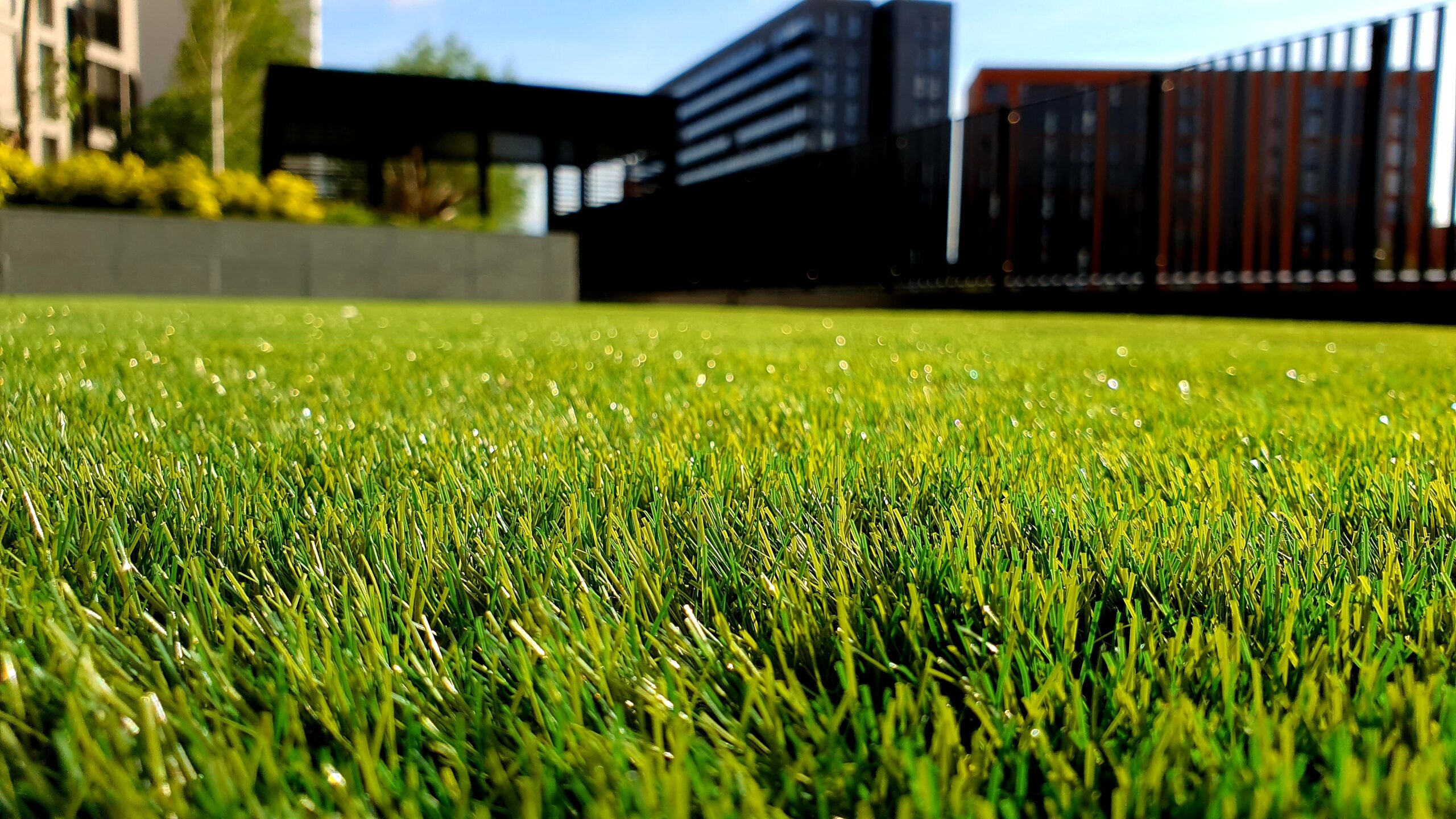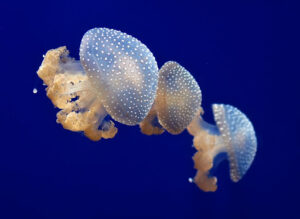A lush green lawn has been a source of pride, a place for children to run around and the home of backyard cricket since Europeans first settled in Australia.
Lawns are so popular they cover an estimated 11% of our capital cities.
But they aren’t always easy to keep alive. Introduced grasses guzzle huge amounts of water – something that can be hard to come by in our dry, heatwave-prone country.
Lawns also contribute to pollution through the use of fertilisers and lawnmowers. And they do little for biodiversity.
So despite all these cons, why do we continue to love lawns so much?

GIPHY
GREEN WITH ENVY
Many European settlers thought our native plants were ugly, messy things. They chased the dream of a perfectly civilised city with prim and proper British-style gardens.
A lush, manicured lawn was a powerful status symbol in colonial times. It displayed wealth because of the time, resources and hired labour it took to maintain. It was also used to announce the superiority of European civilisation over ‘wild, unruly’ indigenous bushland.
If you wanted to make your neighbours jealous, an imported lawn on your property was a top priority.

GIPHY
And old habits can be hard to shake.
TURF WITH A PURPOSE
Lawns do have some pros.
They produce oxygen and have a cooling effect on urban environments – reducing temperature peaks by around 1oC.
They also store carbon, reduce soil erosion and stop excess water run-off.
But many researchers say these positive effects are far outweighed by the negatives, especially in Australian settings.
THIRST TRAP
The amount of water used for irrigating lawns in Perth alone is around 140 gigalitres per year. That’s enough to fill about 56,000 Olympic-sized pools.

GIPHY
Lawns are known as monocultures, meaning they are the cultivation of a single species of primarily non-native grass.
While we humans can find this oddly satisfying, native insects, birds, reptiles and other plants find it pretty much useless.
Monocultures disproportionately drain important nutrients from the soil and require constant artificial input to stay alive. They deprive self-balancing native species of perfectly suitable homes and nourishment.
TIME TO END A TOXIC RELATIONSHIP?
Fortunately, there are many alternatives to ‘lawn’ that are made to cope with Australia’s hot and dry conditions.
On top of saving you water and money, native lawn alternatives can boost biodiversity via native insects and pollinators. All the while looking downright lovely.
So is it time to consider turning off the sprinklers, ditching the mower and ending our toxic love affair with lawns?









